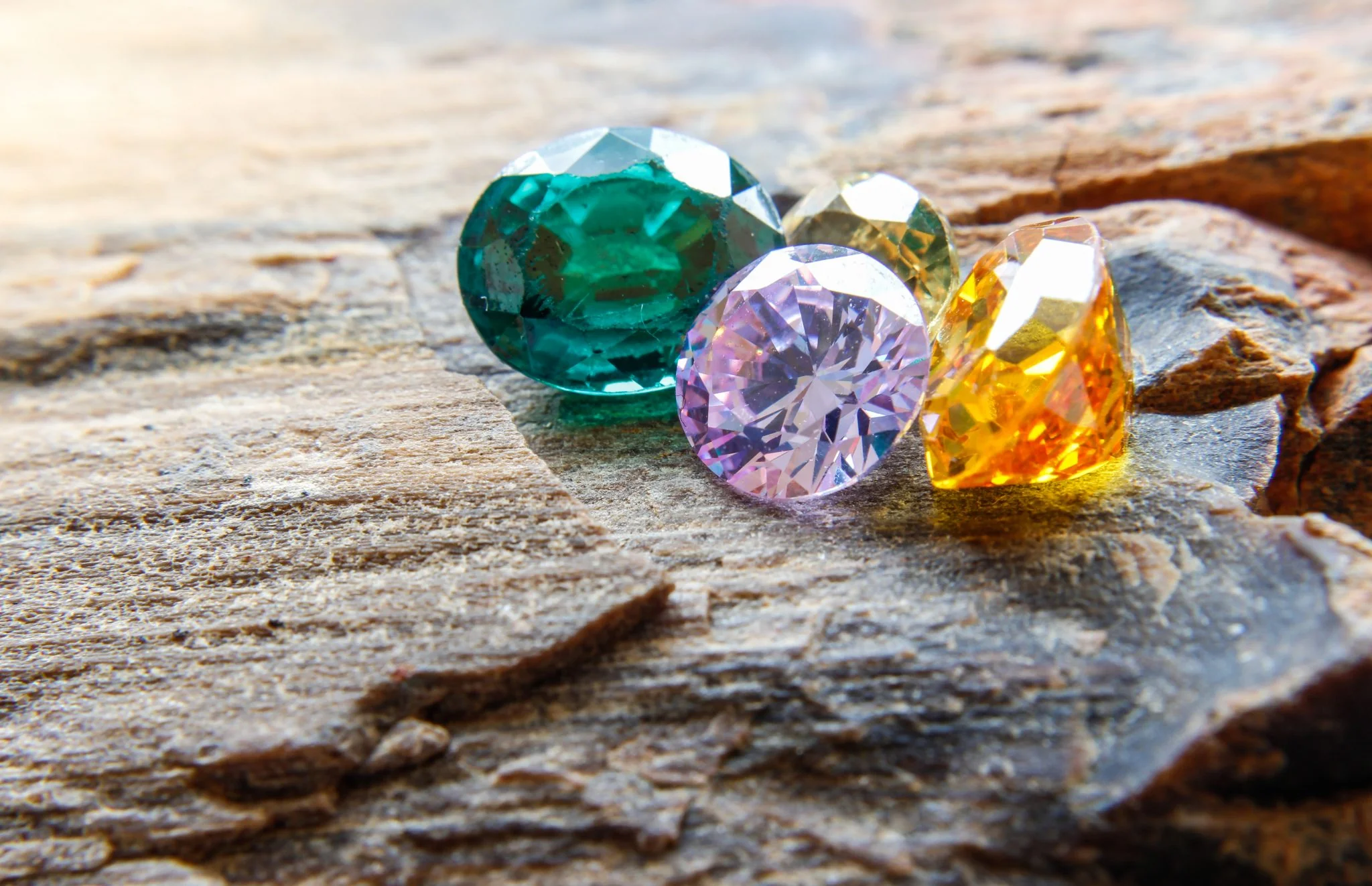Inclusions are natural imperfections that occur in gemstones. They can be small bubbles, cracks, or minerals that are trapped within the gemstone during its formation. Inclusions are often visible to the naked eye, but they can also be microscopic.
While inclusions are often seen as flaws, they can also add character and beauty to gemstones. Some inclusions can even influence the color of a gemstone.
For example, inclusions of the mineral chromium can give rubies their characteristic red color. Inclusions of the mineral titanium can give sapphires their characteristic blue color. And inclusions of the mineral iron can give emeralds their characteristic green color.
Inclusions can also influence the color of lab grown diamonds uk. Lab-grown diamonds are created in a laboratory under controlled conditions. This allows scientists to manipulate the gemstone’s growth process to create diamonds with specific colors and inclusions.
For example, scientists can add trace amounts of boron to lab-grown diamonds to create blue diamonds. They can add trace amounts of chromium to create pink diamonds. And they can add trace amounts of iron to create green diamonds.
Scientists can also use inclusions to create unique and beautiful lab-grown diamonds. For example, some scientists are creating lab-grown diamonds with inclusions of other gemstones, such as sapphires or rubies. These inclusions can create a sparkling and iridescent effect in the diamond.
Inclusions can also influence the value of a gemstone. Generally, gemstones with fewer inclusions are more valuable. However, some inclusions, such as those that create unique colors or effects, can actually increase the value of a gemstone.
Here are some specific examples of how inclusions can influence the color of gemstones:
Rubies: Rubies are red in color due to inclusions of the mineral chromium. The more chromium inclusions a ruby has, the redder it will be.
Sapphires: Sapphires are blue in color due to inclusions of the mineral titanium. The more titanium inclusions a sapphire has, the bluer it will be.
Emeralds: Emeralds are green in color due to inclusions of the mineral iron. The more iron inclusions an emerald has, the greener it will be.
Lab-grown diamonds: Lab-grown diamonds can be created in a variety of colors, including blue, pink, and green. These colors are created by adding trace amounts of different minerals to the diamond during the growth process.
Inclusions can also create unique and beautiful effects in gemstones. For example, some rubies have inclusions of the mineral rutile that create a star-like effect in the gemstone. And some sapphires have inclusions of the mineral silk that create a shimmering effect in the gemstone.
The value of a gemstone can be affected by the presence of inclusions. Generally, gemstones with fewer inclusions are more valuable. However, some inclusions, such as those that create unique colors or effects, can actually increase the value of a gemstone.
When choosing a gemstone, it is important to consider the presence of inclusions. If you are looking for a gemstone with a flawless appearance, then you should choose a gemstone with few or no inclusions. However, if you are looking for a gemstone with a unique and beautiful appearance, then you may want to consider a gemstone with inclusions.
Lab-grown diamonds in the UK offer a wide range of colors and inclusions to choose from. This gives you the flexibility to find a lab-grown diamond that perfectly matches your style and budget.

квартиры на сутки в Минске [url=https://www.sutki24.by]https://www.sutki24.by[/url] .